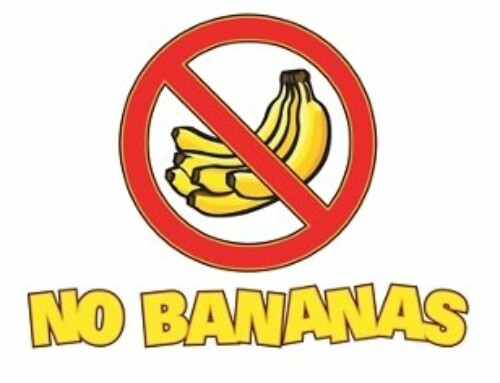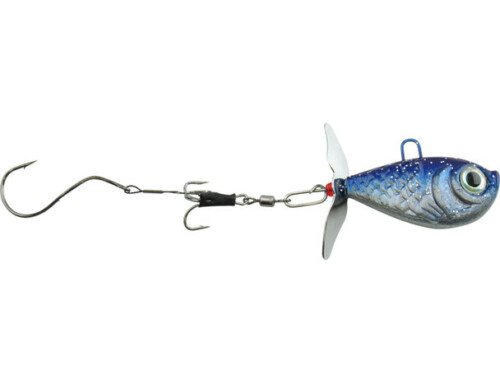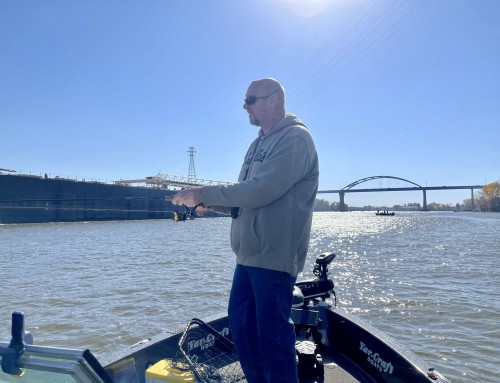Ethanol continues to be a major cause of engine damage and other repair issues, prompting concerns about the growing use of E15.
That’s according to the latest survey of Boating Industry readers. We surveyed readers of our print and digital products about ethanol and other service department challenges in April and May. Respondents were a mix of personnel from dealerships, engine and boat manufacturers, marinas and more.
ETHANOL DAMAGE INCREASING
 Ethanol appears to be playing an even bigger role in service issues than it was just a year ago.
Ethanol appears to be playing an even bigger role in service issues than it was just a year ago.
Eighty-seven percent of our respondents reported that their business has seen engine damage caused by ethanol. That was up from 73 percent in the same survey in April 2015.
While it may be helping drive service department business, frequent issues run the risk of driving more people out of boating.
As one New York boat dealer bluntly put it: “Ethanol makes us money … it sucks for the consumer.”
A Florida-based manufacturer echoed that:
“Ethanol is a boom for the service departments. Ethanol is a HUGE drag on our industry because it negatively affects the customers. It makes them hate boating. It ruins their day, their boat and their entire boating experience.”
And it is no small problem, either, representing a significant portion of repairs based on what our survey respondents are seeing. Fourteen percent said that ethanol-related problems are responsible for more than half of all engine repairs, while 60 percent said it represents at least 20 percent of the repair issues. Those numbers are basically unchanged from 2015.
E15 FEARS
From the federal government to engine manufacturers, there is agreement that E15 – fuel blends of 15 percent ethanol – should not be used in boats or other small engines. Still, there is growing angst over the issue, with 81 percent of survey respondents saying they are “very concerned” about the growing use of E15 – up from 74 percent last year. Only 2 percent – down from 7 percent in 2015 – are not concerned at all.
Most notably, many respondents raised concerns of misfueling at roadside gas stations.
Those worries would appear to be well-founded. According to a 2015 BoatUS survey, 40 percent of its members fill up their boats at a gas station and other surveys have showed even higher levels.
And in a Harris Poll study conducted for the Outdoor Power Equipment Institute earlier this year, 64 percent of American adults said they weren’t sure or didn’t pay attention to the type of gas they used. In the same survey, 66 percent said they will use the least expensive grade of gasoline whenever possible and 60 percent assume that any gas that is sold at a gas station must be safe for all of their vehicles and equipment.
Our respondents also don’t believe their customers are knowledgeable about ethanol, with only 3 percent saying that their customers know a lot about the issue. Nearly three-quarters think their customers either know nothing (15 percent) or only a little bit (58 percent) about ethanol.
On the other hand, most in the industry consider themselves fairly well-informed: 66 percent know a lot about ethanol issues, while only 8 percent said they know nothing or only a little bit.
SERVICE TECH CHALLENGES
More generally, we also took a look at the service tech shortage that has been so talked about in the industry as we rebound from the recession.
Of those companies that have a service department, 60 percent said it is very difficult to find qualified service technicians today. Another 29 percent said it is somewhat difficult. Only 5 percent said it was easy.
The challenge has also gotten tougher than it was five years ago, readers said. Twenty-eight percent said it is much more difficult, while another 32 percent said it was somewhat more difficult. Still, 36 percent said it wasn’t any more difficult than it was five years ago and 4 percent said it was actually easier.







